6 Essential Oil Painting Supplies for Beginners
Author:
GeorgeUpdated:
21.04.2025


- 1. Oil Paints
- 1.Traditional Oil Paints
- 2.Water-Mixable Oil Paints
- 3.Student-Grade vs. Artist-Grade Paints: What’s the Difference?
- 4.Starting with a Limited Palette
- 1.
- 2. A Palette for Mixing Colors
- 5.Best Palette Options for Oil Painting
- 5.
- 3. Brushes – What You Really Need
- 6.Best Brush Types for Beginners
- 7.Natural vs. Synthetic Brushes
- 8.Essential Brush Sizes
- 9.Best Beginner Brush Brands
- 6.
- 4. Painting Surfaces – What Works Best?
- 10.Best Surfaces for Oil Painting
- 11.What is Gesso & Do You Need It?
- 12.Budget vs. Professional Choices
- 10.
- 5. Solvents & Mediums – What You Need (and What You Don’t)
- 13.Solvents – Do You Need Them?
- 14.Mediums – What Do They Do?
- 13.
- 6. Do You Need an Easel?
- Optional but Useful Oil Painting Supplies
- Budget vs. Premium: Where to Invest Your Money
You’ve finally decided to start oil painting! Excited, you start researching - only to realize just how many supplies there are. Do you need premium paints? Which brushes actually matter? And what about solvents—are they even necessary?
It’s easy to get ahead of yourself and splurge on expensive supplies, only to feel guilty about using too much or wasting good materials while learning. On the other hand, going too cheap can backfire—low-quality paints and brushes make the experience frustrating, leaving you wondering if the problem is your skills when it’s really your tools.
The good news? You don’t need professional-grade supplies to start. There are plenty of affordable, high-quality student-grade materials that work beautifully for beginners. We can help you choose the essentials, so you can start painting with confidence.
"You don’t need the best materials to make great art. What matters is understanding how to use what you have.” - James Gurney, an Illustrator & Author
1. Oil Paints

Oil paints come in two main types: traditional and water-mixable. Traditional oils are better for a rich, smooth blending experience but require solvents for cleanup. Water-mixable oils, on the other hand, thin and clean with water. So, they are safer and more convenient.
Traditional Oil Paints
Pros:
✔ Rich, buttery texture and smooth blending
✔ Used by professional artists for centuries
✔ Wide range of colors and brands available
Cons:
✖ Requires solvents (like turpentine or odorless mineral spirits) for cleaning and thinning
✖ Takes longer to dry, requiring proper storage between sessions
Best for: Artists who want the full traditional oil painting experience and don’t mind using solvents.
Water-Mixable Oil Paints
Pros:
✔ Can be thinned and cleaned with water (no need for solvents)
✔ Easier cleanup and less toxic
✔ Works well for artists painting in small or home studios
Cons:
✖ Slightly different texture—can feel stickier or dry faster
✖ Fewer brands and color selections compared to traditional oils
Best for: Beginners who want to avoid solvents and prefer a more convenient, beginner-friendly option.
Tip: You can mix water-mixable oils with traditional oils, but doing so removes their ability to be thinned with water.
Student-Grade vs. Artist-Grade Paints: What’s the Difference?
| Feature | Student-Grade Paints | Artist-Grade Paints |
|---|---|---|
| Pigment Quality | Lower pigment, more fillers | High pigment concentration, minimal fillers |
| Color Intensity | Weaker colors, may need more layers | Strong, vibrant colors with better coverage |
| Mixing Ability | Can be harder to blend smoothly | Blends well and mixes cleanly |
| Price | More affordable | Expensive but lasts longer |
| Who It’s For? | Beginners, students, casual painters | Advanced artists, professionals, serious learners |
Tip: If you're starting with student-grade paints, you can slowly upgrade one color at a time to experience the difference in quality. Avoid ultra-cheap brands—they can make learning more frustrating.
Starting with a Limited Palette
Instead of buying dozens of colors, start with a limited palette to build your color-mixing skills. Many professional artists recommend:
✔ Basic Palette:
- Titanium White
- Cadmium Yellow or Yellow Ochre
- Cadmium Red or Alizarin Crimson
- Ultramarine Blue or Phthalo Blue
Tip: The Zorn Palette (Titanium White, Yellow Ochre, Cadmium Red, Ivory Black) is a great limited palette for portrait painting.
Andrew Tischler, professional oil painter & YouTuber - “Your color selection should be based on versatility. A warm and cool version of each primary gives you unlimited mixing possibilities.”
2. A Palette for Mixing Colors

Once you have your oil paints, you’ll need a palette to mix them. A good palette should be flat, non-absorbent, and easy to clean so you can blend colors smoothly. While some palettes are reusable, others are disposable for quick cleanup.
Best Palette Options for Oil Painting
| Palette Type | Pros | Cons | Best For |
|---|---|---|---|
| Glass Palette | Easy to clean, durable, smooth mixing surface | Requires a sturdy setup, can break if dropped | Artists who want a long-term, professional palette |
| Acrylic/Plexiglass | Lightweight, smooth, easy to clean | Can scratch over time, needs conditioning | Painters who want a reusable and portable option |
| Wood Palette | Classic look, absorbs excess oil for a natural feel | Needs to be conditioned with oil, harder to clean | Traditionalists who enjoy a seasoned palette |
| Palette Paper (Disposable Pads) | No cleanup, convenient for quick sessions | Not as durable, wasteful over time | Beginners or those who don’t want to clean palettes |
| Plastic Palette | Cheap, lightweight | Stains easily, hard to clean | Budget-conscious painters who don’t mind replacing it often |
Tip: If you choose a glass palette, place gray or neutral-toned paper underneath to see colors more accurately while mixing.
3. Brushes – What You Really Need

With so many brush types, sizes, and materials available, choosing the right ones can feel overwhelming. But the truth is, you don’t need an entire collection to start painting. A few well-chosen brushes will do the job while keeping things simple and affordable.
Best Brush Types for Beginners
| Brush Type | Shape & Use | Why It’s Useful? |
| Filbert | Rounded, flat tip | Most versatile—good for blending, soft edges, and detail work |
| Bright | Short, flat bristles | Great for strong, defined strokes and thick paint application |
| Round | Pointed tip | Good for fine details, outlines, and controlled strokes |
| Flat | Square tip | Ideal for bold strokes and covering large areas |
| Fan (Optional) | Thin, spread-out bristles | Blending, soft textures, and special effects |
Tip: If you're just starting out, a set of Filberts and Rounds in different sizes will cover most painting needs.
Natural vs. Synthetic Brushes
| Type | Pros | Cons | Best For |
|---|---|---|---|
| Natural Bristle (Hog Hair) | Holds more paint, good for thick applications | Wears out faster, more expensive | Traditional oil painting techniques, impasto |
| Synthetic Bristle | Affordable, durable, easy to clean | Holds less paint, may not blend as smoothly | Beginners, fine details, smooth painting styles |
Tip: Synthetic brushes are great for beginners because they last longer and don’t require special care. Hog hair brushes work well for thicker applications and textured strokes.
4. Painting Surfaces – What Works Best?

Choosing the right surface for oil painting is just as important as picking the right paints and brushes. The texture, absorbency, and durability of your surface can affect how your paint applies and how your final piece looks. While canvases are the most popular choice, there are budget-friendly and DIY alternatives that work just as well—sometimes even better!
Best Surfaces for Oil Painting
| Surface Type | Pros | Cons | Best For |
| Canvas (Stretched or Panel) | Classic texture, ready-to-use, widely available | Student-grade options may be lower quality | Beginners & experienced artists alike |
| Canvas Paper | Affordable, space-saving, great for practice | Not as durable as traditional canvases | Sketching, testing colors, and practice |
| Canvas Panels | Sturdy, budget-friendly, easy to store | Less absorbent than stretched canvas | Beginners who want a real canvas feel without the cost |
| Wood/MDF Panels | Smooth, durable, won’t warp | Needs to be primed with gesso | Artists who prefer a rigid, professional surface |
| Acrylic Gessoed Hardboard (DIY Option) | Cheap, smooth, customizable size | Requires extra prep time | Budget-conscious artists who want quality at a low cost |
| Oil Paper (Specialized Paper for Oils) | Doesn’t require priming, easy to store | Can feel different from traditional canvas | Artists who need a portable and disposable option |
Tip: Avoid regular sketchbook paper—it’s too absorbent and won’t hold oil paint well.
What is Gesso & Do You Need It?
Gesso is a primer that preps a surface for oil paint by preventing paint from soaking through. Most store-bought canvases come pre-primed, but if you're using wood, MDF, or raw canvas, you’ll need to apply a few coats of gesso first.
✔ Acrylic Gesso – Most common, dries quickly, works for oils & acrylics
✔ Oil Gesso – Traditional option, takes longer to dry but gives a richer feel
Budget vs. Professional Choices
- On a budget? Try canvas paper, student-grade canvas panels, or DIY gessoed MDF boards.
- Want a professional feel? Upgrade to linen canvas or custom wood panels.
5. Solvents & Mediums – What You Need (and What You Don’t)

When starting oil painting, you might hear a lot about solvents and mediums. Some artists swear by them, while others paint without them entirely. So, do you actually need them?
The short answer: No, you can paint straight from the tube without using solvents or mediums. However, they can help with certain techniques, like thinning paint or speeding up drying time. Let’s break it down simply.
Solvents – Do You Need Them?
Solvents are mainly used for cleaning brushes and thinning paint. Some artists use them, but others avoid them because they can be strong-smelling and toxic.
| Solvent | What It Does | Do You Need It? |
|---|---|---|
| Gamsol (Odorless Mineral Spirits) | Cleans brushes, thins paint | Useful but optional |
| Turpentine | Stronger, traditional thinner | Not recommended (toxic fumes) |
| Zest-It / Sennelier Green for Oil | A safer, non-toxic alternative | Good if you want a solvent |
| No solvent (Oil & Soap for Cleaning) | Cleans brushes naturally | Best for beginners |
Tip: If you want to avoid solvents, clean your brushes with oil (like linseed oil) followed by soap and water.
Mediums – What Do They Do?
Mediums are used to change how the paint feels and dries. If you’re just starting out, you don’t need them, but they can help as you experiment.
| Medium | What It Does | Do You Need It? |
|---|---|---|
| Linseed Oil | Makes paint smoother, slows drying | Best beginner-friendly option |
| Walnut Oil | Similar to linseed but less yellowing | Optional |
| Liquin | Helps paint dry faster | Only if you want quick drying |
| No Medium (Paint from Tube) | Keeps natural texture | Yes! This is perfectly fine |
Tip: If you want to try a medium, start with linseed oil—it’s the easiest to use.
6. Do You Need an Easel?

While an easel isn’t absolutely necessary, it makes painting much easier. Working upright helps with perspective, reduces strain on your neck and back, and prevents dust or debris from settling on your painting. If you paint flat on a table, colors may look distorted, and your arm movements will be more restricted.
For beginners, a simple tabletop easel (around $20–$40) is a great starting point. If you have more space, a standing H-frame or A-frame easel offers better support. However, if you’re on a budget, even propping your canvas against a wall works—it’s just less stable. The key is to find a setup that’s comfortable and lets you paint freely!
Optional but Useful Oil Painting Supplies

While you only need a few essentials to start oil painting, some extra tools can make the process easier, cleaner, and more enjoyable. These aren’t must-haves, but they can help improve your painting experience as you progress.
| Item | Why It’s Useful? |
|---|---|
| Palette Knives | Best for mixing paint (better than brushes) and can be used for textured painting. |
| Rags or Paper Towels | Helps clean brushes, wipe excess paint, and keep your workspace tidy. |
| Gloves | Protects hands from paint and solvents, especially if you have sensitive skin. |
| Apron or Old Clothes | Oil paint stains permanently, so it’s best to wear something you don’t mind getting messy. |
| Brush Soap (e.g., Marseille Soap) | Extends the life of your brushes and makes cleaning easier. |
| Palette Seal or Cling Wrap | Helps keep paint fresh between sessions so you waste less. |
| Painting Knives | Similar to palette knives but designed for applying paint directly onto the canvas for unique textures. |
Tip: You don’t need to buy everything at once. Start with the basics, and add tools as you discover what works best for you! ????
Budget vs. Premium: Where to Invest Your Money
Not everything in oil painting needs to be high-end. Some supplies are worth splurging on, while others can be budget-friendly without affecting your results.
Where to Save:
- Canvas & Surfaces – Use canvas panels, canvas paper, or gessoed MDF boards instead of expensive stretched linen.
- Solvents – If you use them, Gamsol is affordable and lasts a long time. You can also skip solvents altogether and clean brushes with oil and soap.
- Easel – A budget tabletop or A-frame easel works fine in the beginning.
Where to Invest:
- Paints – Student-grade is fine to start, but upgrading to artist-grade paints over time gives richer colors and better mixing.
- Brushes – A few high-quality synthetic or natural brushes last longer and perform better than cheap sets.
- Palette Knives – A good metal palette knife makes mixing paint much easier and doesn’t wear out like brushes.
Tip: If you’re going to splurge on one thing, choose better paint—it makes the biggest difference!
Conclusion
Starting oil painting can feel overwhelming—there are endless supplies, conflicting advice, and the constant worry of wasting money or using the "wrong" materials. But the truth is, you don’t need the most expensive tools to create great art. What matters most is finding reliable, beginner-friendly supplies and focusing on practice.
Frequently Asked Questions
What is the best brand of oil paints?
The best oil paint brand depends on your budget and skill level. For beginners, student-grade options like Winsor & Newton Winton, Gamblin 1980, and Van Gogh offer good quality at a lower price. For professionals, brands like Old Holland, Michael Harding, and Williamsburg provide rich pigments and smooth blending. Mid-range options like Sennelier Rive Gauche and Gamblin Artist Oils balance quality and affordability.
Are cheap oil paints worth it?
Cheap, low-quality oil paints often contain too many fillers, leading to weak colors and poor blending. Student-grade paints from trusted brands (like Winsor & Newton Winton or Gamblin 1980) are fine for beginners, but avoid ultra-cheap, no-name brands. It’s better to start with a few good-quality colors than a large set of low-quality paints.
How can you tell if oil paint is good?
Good oil paint has high pigment concentration, smooth consistency, and strong color coverage. Check quality by:
- Reading the label – look for single-pigment colors, not filler-heavy mixes.
- Testing opacity – good paints should cover well without streaks.
- Feeling the texture – it should be creamy, not too runny or stiff.
Do oil paints go bad?
Oil paints don’t expire but can dry out over time. Well-stored paints last decades if kept sealed in a cool, dry place. Signs of bad paint include:
- Hardened or dried-out texture
- Excessive oil separation (can sometimes be mixed back in)
- A rancid smell (especially in linseed oil-based paints)
If the paint is still workable after mixing, it’s fine to use.
What is the best palette for oil paints?
The best palette depends on preference, but glass palettes are popular for their smooth surface and easy cleanup. Other good options include:
- Wood palettes – Traditional but need oil conditioning.
- Acrylic/plexiglass palettes – Durable but may scratch.
- Disposable palette paper – Convenient but not eco-friendly.
For better color accuracy, use a neutral-toned palette instead of white.
How to make homemade oil paint
To make oil paint at home, you need dry pigment, linseed oil, and a grinding surface. Start by placing a small amount of pigment on a glass or marble slab, then add a few drops of linseed oil to create a thick paste. Using a palette knife, mix them until the pigment is fully coated. Next, use a glass muller to grind the mixture in circular motions, ensuring the oil binds evenly with the pigment. Adjust the consistency by adding more oil if needed—paint should be smooth but not runny. Once fully mixed, store it in airtight metal tubes or glass jars to prevent drying. Be sure to wear a mask and gloves when handling dry pigments, as some can be toxic.
George, CEO of Photo2painting, is a passionate art lover and entrepreneur. He founded Photo2painting.com from scratch, inspired by his artist friends. As the company's CMO, he manages content and marketing.
Excellent Customer Reviews















































































































































